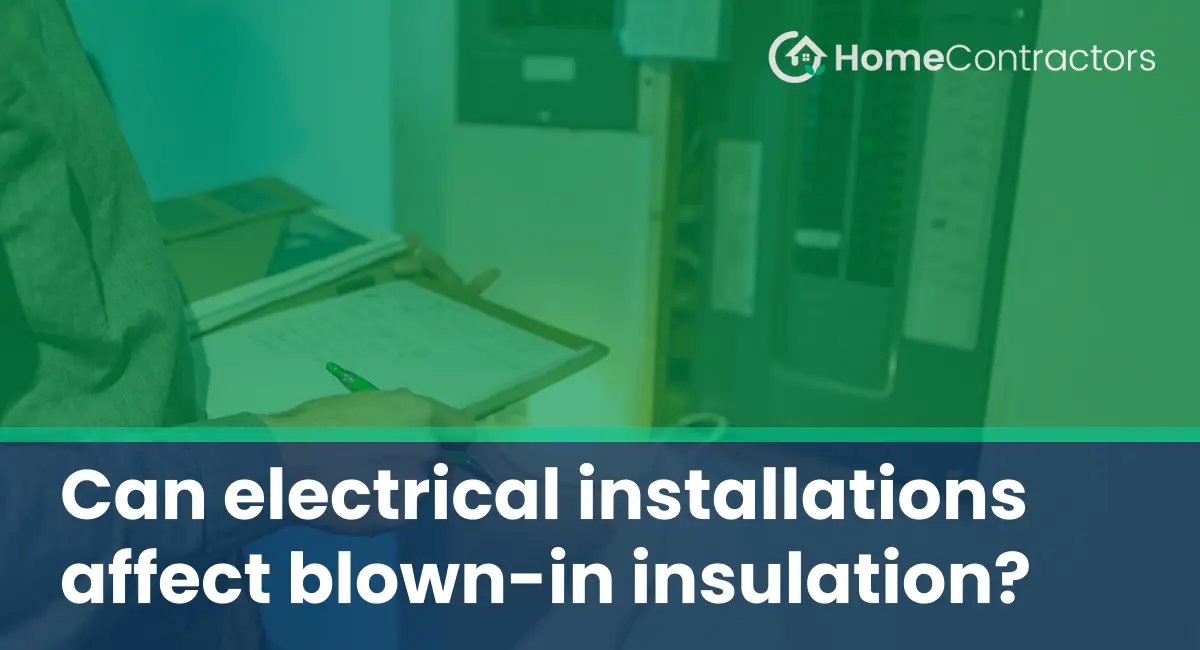Blown-in insulation is an effective way to improve energy efficiency and reduce utility costs in a building. It involves the installation of loose insulation materials, such as cellulose or fiberglass, into wall cavities or attics. However, when it comes to electrical installations, there are a few considerations to keep in mind to ensure the safety and effectiveness of the insulation. In this article, we will discuss the potential impact of electrical installations on blown-in insulation and offer some tips for managing these situations.
Understanding Blown-In Insulation
Blown-in insulation is a popular choice for both new construction and retrofitting projects due to its ability to fill gaps and spaces that are difficult to reach with other forms of insulation. It provides excellent thermal resistance and helps create a more comfortable indoor environment by reducing heat transfer.
Electrical Installations and Blown-In Insulation
While electrical installations and blown-in insulation can coexist successfully, it is important to take precautions to avoid any potential issues. The key areas of concern are air circulation, overheating, and installation techniques.
1. Air Circulation
One potential issue to consider is that blown-in insulation could restrict air circulation within walls or ceiling spaces. Electrical wires and components generate heat, and without proper airflow, this heat can accumulate and cause overheating. Overheating can, in turn, lead to performance issues or even fire hazards.
To prevent this, it is crucial to ensure that the blown-in insulation is installed correctly, leaving adequate space for air circulation around electrical components. It is recommended to consult with a professional insulation contractor who can evaluate the space and determine the appropriate insulation depth to maintain proper airflow.
2. Overheating
Electrical installations, such as outlets, switches, and light fixtures, need to dissipate heat to function properly. If these components are covered with blown-in insulation or located too close to it, overheating can occur. This can cause a decline in electrical equipment performance or, in extreme cases, trigger a fire.
When installing blown-in insulation near electrical installations, it is essential to follow safety guidelines. Leave enough clearance around electrical devices to allow for heat dissipation. Ensure that any insulation material that may come in contact with electrical components is non-combustible and meets relevant safety standards.
3. Installation Techniques
When installing blown-in insulation in areas around electrical wiring, proper installation techniques should be employed to minimize the risk of damage or disruption. Insulation contractors must be aware of how to avoid damaging electrical wires during the installation process.
It is important for insulation contractors to collaborate with electricians during the planning and execution stages to ensure that electrical wiring is protected and any existing issues are addressed. This collaboration can help identify potential areas of concern and allow for adjustments to be made before insulation is installed.
Blown-in insulation can significantly improve the energy efficiency of a building. However, when it comes to electrical installations, precautions should be taken into account to ensure safety and proper functionality.
By considering air circulation, preventing overheating, and employing proper installation techniques, the coexistence of blown-in insulation and electrical installations can occur successfully. It is advisable to consult with professionals to assess the specific requirements of the building and ensure that all relevant safety guidelines are followed. With the right approach, homeowners and building occupants can enjoy the benefits of both effective insulation and a safe electrical system.
